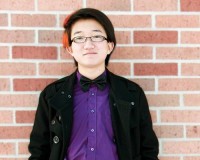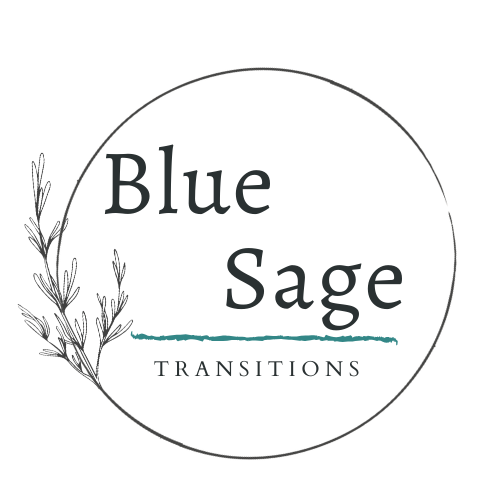I’ve learned that people will forget what you said, people will forget what you did, but people will never forget how you made them feel.
--Maya Angelou

As of late, suicide is on my mind. I nearly lost someone to a suicide attempt this fall, am approaching the anniversary of a client's suicide, and reeling from the suicide of yet another trans teenager, Skylar Lee, in Madison, Wisconsin. Given that I am about to bring a child into this world, these tragedies, all of which are in some way tied to LGBTQ+ identities, have spurred me to reflect on the human need for connection and acceptance. Skylar's mom's courageous and heartbreaking news interview highlights this point. As she said, “The night before [he died], he hugged me and kissed me,” Joanne said. “I could feel it. He forgave me that I didn't accept him, and that was his final goodbye to me. I owe him to continue his fight.”
Ironically enough, I have found some of the most poignant lessons about connection and acceptance in the book No Drama Discipline by Dan Siegel and Tina Bryson. Because the book's title conceals more than it reveals about the author's definition of discipline, I want to start by sharing that definition, as it's about connection rather than punishment, which feels particularly relevant on the heels of the school resource officer's violent actions at Spring Valley High. As the authors wrote,
whenever we discipline our kids, our overall goal is not to punish or to give a consequence but to teach. The root of 'discipline' is the word disciple, which means 'student,' 'pupil,' and 'learner.' A disciple, the one receiving discipline is not a prisoner or recipient of punishment, but one who is learning through instruction. Punishment might shut down a behavior in the short term, but teaching offers skills that last a lifetime...we want caregivers to think of discipline as one of the most loving and nurturing things we can do for our kids.
I love this focus on teaching, which actually requires adults to use something besides our fear and conditioning to relate to a child. Siegel and Bryson reiterate again and again that we must connect with our children before we try to redirect their behavior. How that connection looks and sounds is going to differ, based on factors like circumstance and personality, but the result is the same: the child feels understood, valued, and accepted for who they are, not who they should or could be according to somebody else's norms and expectations. The authors do a brilliant job responding to the counter-argument that to connect with children is to spoil them, specifically noting,
Spoiling is not about how much love and time and attention you give your kids. You can't spoil your children by giving them too much of yourself...Nurturing your relationship with your child and giving her the consistent experiences that form the basis of her accurate belief that she's entitled to your love and affection is exactly what we should be doing. In other words, we want to let our kids know that they can count on getting their needs met.
Not all suicides are linked to a lack of connection and acceptance, but many of them are. So much of my work with clients centers on important relationships--oftentimes with parents and partners--in which they do not think they can express who they are and still be loved. Given that acceptance is a core human emotional need, the inability to be our authentic selves and still feel a sense of belonging and connection is devastating. I cannot overstate this point.
But I want to end this post on a positive note. I just had the opportunity to attend a Boulder Valley Safe Schools Coalition meeting and learned of parents, educators, and administrators working together to make this district's schools safe and equitable learning environments for all students. To see the district's language about honoring student identities and affirming gender fluidity and diversity was heartening. Even more so was the presence of parents who shared testimonials about their love of and support for their gender variant children at a district board meeting. These parents strike me as some of the biggest changers of hearts and minds about connecting with our children's concerns, feelings, and experience and accepting them as they are. May we learn from the tragic losses we have already endured so that human flourishing, not just survival, becomes a realistic aspiration for our society.
